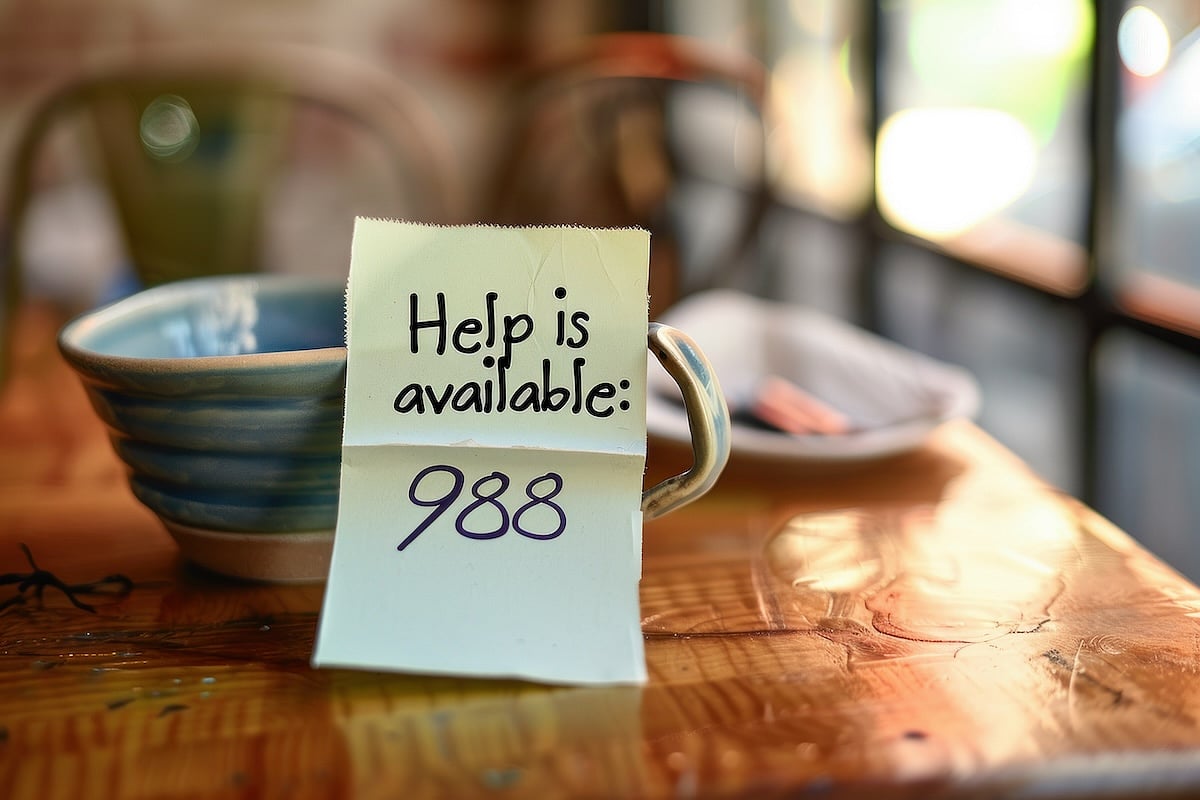Decreases seen in emergency psychiatric walk-in services, mobile crisis response, suicide prevention after launch of 988
By Elana Gotkine HealthDay Reporter
THURSDAY, Feb. 13, 2025 (HealthDay News) — The launch of the 988 Suicide and Crisis Lifeline (988) did not coincide with growth in the availability of most crisis services, apart from a small increase in peer support services, according to a study published online Jan. 29 in JAMA Psychiatry.
Jonathan Cantor, Ph.D., from RAND in Santa Monica, California, and colleagues examined whether the launch of 988 was associated with the availability of crisis services in a cohort study characterizing trends in crisis services offered by U.S. mental health treatment facilities (MHTFs). Longitudinal data were obtained from the Mental Health and Addiction Treatment Tracking Repository.
The researchers found that across 15,623 MHTFs (184,769 observations: 79,268 before and 105,501 after the launch of 988), the largest changes were observed for availability of peer support services (increase from 39 to 42 percent) and emergency psychiatric walk-in services (decrease from 32 to 29 percent) from before to after the 988 launch. After the 988 launch, the odds of peer support availability increased 1.3 percent per month and odds of emergency psychiatric walk-in service availability decreased by 0.6 percent per month when controlling for MHTF characteristics (odds ratios, 1.013 and 0.994, respectively). At the national level, there was also a decrease seen in availability of other service types, with a decrease from 22 to 21 percent in mobile crisis response and from 69 to 68 percent in suicide prevention from before to after the 988 launch.
“Public health officials and policymakers may consider policies that boost the financing and availability of such services to increase the likelihood of success for 988,” the authors write.
Copyright © 2025 HealthDay. All rights reserved.








